Buil Makguksu (부일막국수)
7.2Km 2024-02-16
596 Saecheonnyeondo-ro, Samcheok-si, Gangwon-do
033-572-1277
Buil Makguksu in Samcheok specializes in makguksu (buckwheat noodles), a dish featuring buckwheat noodles topped with cucumber and pickled radish, renowned for its clean and light flavor. Suyuk (boiled pork slices) is a recommended accompaniment to the makguksu, appreciated for its subtle flavor and chewy texture. Due to the restaurant's popularity, guests may experience a wait for their table, especially during peak meal times.
Samcheok Beach (삼척해변)
7.3Km 2025-01-16
76 Thema town-gil, Samcheok-si, Gangwon-do
Samcheok Beach is easily accessible and has a vast white sandy beach that is 1.2 kilometers long and 100 meters wide. Thanks to its pine tree forest, clean white sand, shallow waters, and convenient amenities, over 500,000 vacationers visit the beach every year. Entertaining events such as a barehanded flounder fishing contest also take place here.
Gulttukchon (굴뚝촌)
8.0Km 2024-03-19
253-6 Samhwa-ro, Donghae-si, Gangwon-do
033-534-9199
This restaurant specializes in daenamu tongbap (steamed rice in bamboo tube) and other healthful dishes that exclusively use natural flavorings. The daenamu tongbap, notable for its complex flavor, is prepared with 12 types of grains filled into a bamboo tube before steaming. It is served alongside choices like bulgogi jeongol (bulgogi hot pot), ori jeongol (duck hot pot), and bullak jeongol (bulgogi and octopus hot pot). The menu also features gamja jeon (potato pancake) and ori gui (grilled duck). Additionally, the restaurant boasts a garden that is home to 180 varieties of wildflowers and herbs.
Jageunhujinhaebyeon Beach (작은후진해수욕장)
8.1Km 2024-03-19
467 Saecheonnyeondo-ro, Samcheok-si, Gangwon-do
Jageunhujinhaebyeon Beach, situated adjacent to Samcheokhaebyeon Beach, provides a serene and picturesque setting. Its proximity to Samcheok Port allows visitors easy access to fresh hoe (sliced raw fish). Additionally, the Hujin Breakwater, located right beside the beach, is an ideal spot for fishing enthusiasts. The area is also well-equipped with a network of bicycle paths and decked trails, offering various recreational opportunities for visitors.
Mangsang Beach (망상해변)
8.4Km 2022-12-26
6270-10, Donghae-daero, Donghae-si, Gangwon-do
+82-33-530-2800
Mangsang Beach is sought out by many families and tourists for its beautiful white sand, lush pine forest, shallow waters, and location in a neighborhood full of convenient facilities. Mangsang Beach is located 3 kilometers north from Mukho Port and it represents the east coast, along with Okgye and Gyeongpo Beaches.
Donghae Boyang Hot-spring Convention Hotel (동해보양온천컨벤션호텔)
8.6Km 2025-10-23
6285, Donghae-daero, Donghae-si, Gangwon-do
+82-33-530-0700
Donghae Boyang Hot-spring Convention Hotel in Mangsang-dong, Donghae-si, Gangwon-do, has the fourth government-designated hot spring in Korea. Facilities include accommodations, restaurants, banquet halls, hot springs with proven therapeutic effects, and others. The hot spring draws from mineral-rich seawater found in natural bedrock and red clay bedrock water found 900 meters underground, which relieve fatigue and provides skincare benefits. The guest rooms feature white wallpaper and white bedding. You can choose regular rooms, ondol rooms (have heated floors without beds), or a combination of both. Guests can enjoy ocean views from affordable standard rooms, a welcome feature for many. Another good thing is the hotel has various additional facilities. The indoor seawater spring pool has a 50-meter swimming lane for adults and a children's pool with a water slide. The mini zoo in the outdoor park features monkeys and white peacocks, making it popular among families with children. The hotel has both Korean and Western-style restaurants, which will satisfy your hunger after you've spent some time in the hot spring. With small banquet halls, a convention hall, and an international conference room, the hotel is also an ideal choice for business meetings of various sizes. Lastly, the hotel is 500 meters from Mangsang Beach, easily accessible via a sky bridge.
Murung Byeolyucheonji (무릉별유천지)
8.9Km 2025-07-18
97 Igi-ro, Donghae-si, Gangwon-do
Mureung Byeolyucheonji was initially a limestone mine that opened in 1968. After 40 years of service as a mine, today it serves as a tourist attraction that boasts beautiful emerald lake and diverse activities. Mureung Byeolyucheonji gets its name from the rock-carved engravings in Mureunggyegok Valley and has the meaning "the place with the best view under the sky, a utopia away from the world." The attraction lives up to its name thanks to the beautiful surrounding mountain scenery pit lakes. Visitors can also enjoy the view from a different angle through diverse rides, such as the Sky Glider, Alpine Coaster, and more.
Jukseoru Pavilion (삼척 죽서루)
9.6Km 2025-02-03
37 Jukseoru-gil, Samcheok-si, Gangwon-do
+82-33-570-3670
Jukseoru Pavilion, estimated to have been built around 1266, is one of the eight major attractions of Gwandong District in middle eastern Korea collectively known as Gwandong Palgyeong (eight famous sites). Sitting on the edge of a cliff overlooking Osipcheon Stream, the pavilion incorporates the rocks on the cliff as cornerstones, with a five-girder paljak (ancient-style roof).
Then, there are 26 signboards hanging from the rafters of the pavilion. The signboards contain inscriptions of famous ancient scholars such as 'Jeilgyeongjeong' ('The best riverside pavilion'; 1662) by Heo Mok, 'Jukseoru' and 'Gwandong Jeilru' ('The best pavilion in Gwandong'; 1711) by Yi Seong-jo, and 'Haeseon Yuhui Jiso' ('The place that marine gods enjoy'; 1837) by Yi Gyu-heon. Others who have left their mark include King Sukjong (1674-1720), King Jeongjo (1776-1800) and Yulgok YiYi (1536-1584). Evidently, Jukseoru Pavilion has served as an inspiration since its establishment, and continues to inspire visitors today through the stunning view of its surrounding nature.
Donghae Mureung Health Forest (동해무릉건강숲)
9.7Km 2025-10-23
455 Samhwa-ro, Donghae-si, Gangwon-do
+82-33-530-2391
Situated at the entrance of Mureung Valley, this environmental disease prevention and management center is directly run by Donghae city. Environmental diseases are those that develop due to environmental factors, such as atopic dermatitis, asthma, and allergic rhinitis. This center, spanning approx. 24,000 square meters, consists of an eco-friendly healing lodging, a themed experience center, a health consultation room, a thermal therapy room, and a natural health food restaurant. The accommodation facility, built with eco-friendly materials such as red clay and Hinoki cypress, offers healthy accommodations as well.
The themed experience center is a jjimjilbang (Korean sauna) created using natural materials, such as stones, soil, and salt. The White Sericite Room emits far-infrared rays and natural anions; the Red Clay Room is good for detoxification; and the Salt Cave's nano salt particles help cleanse one's respiratory system. These sauna rooms aid in improving environmental disease symptoms. The thermal therapy room features heated capsule-like beds that promote blood circulation. In addition, a resident nurse provides free health consultations based on visitors' basic examination results. You can participate in various programs without staying overnight, such as handcrafting using eco-friendly materials, themed experiences, health consultations, and a natural health food experience. In summer, don't forget to visit Oseonnyeotang, a nature-friendly bath filled with water from Mureung Valley.
Samcheok Jeongwol Daeboreum Festival (삼척정월대보름제)
9.8Km 2025-02-04
45 Expo-ro, Samcheok-si, Gangwon-do
+82-33-573-2882
Samcheok Jeongwol Daeboreum Festival is a festival that blends gijuldarigi, Samcheok's local game of tug-of-war, with other traditional customs of Jeongwol Daeboreum, the first full moon of the Lunar Year. The festival aims to preserve and develop both national and regional customs and traditions as well as to promote the local economy and provide an opportunity to bring the community together.
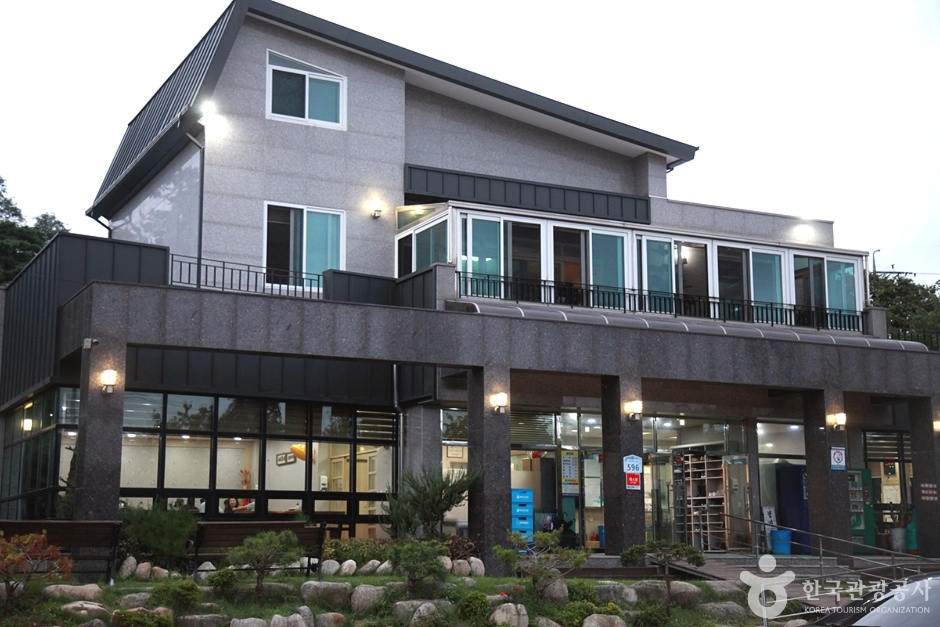

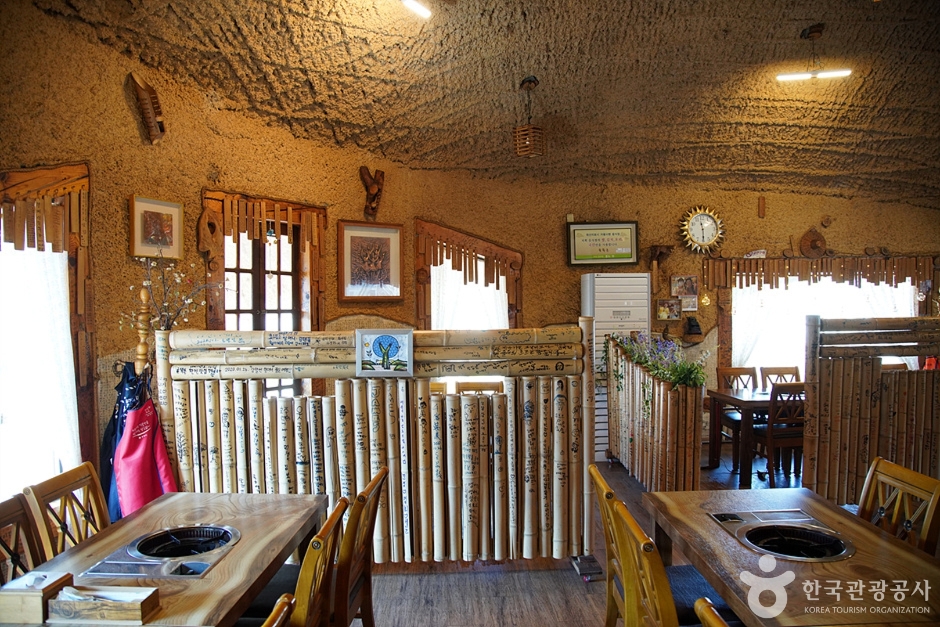
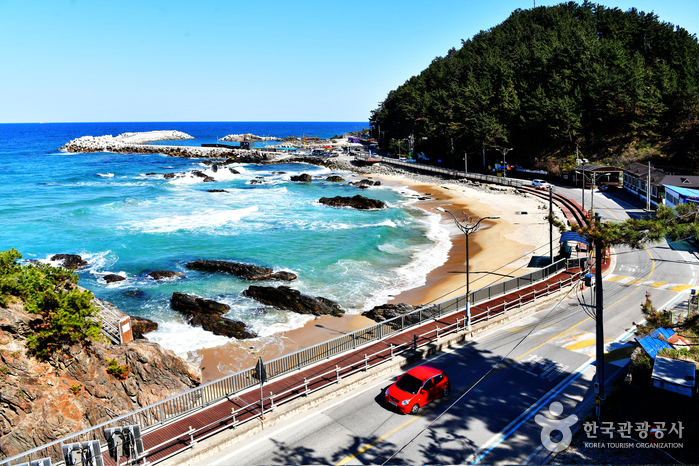
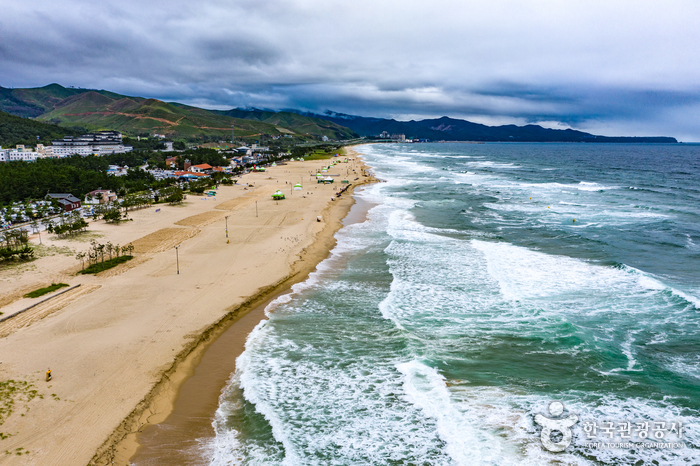
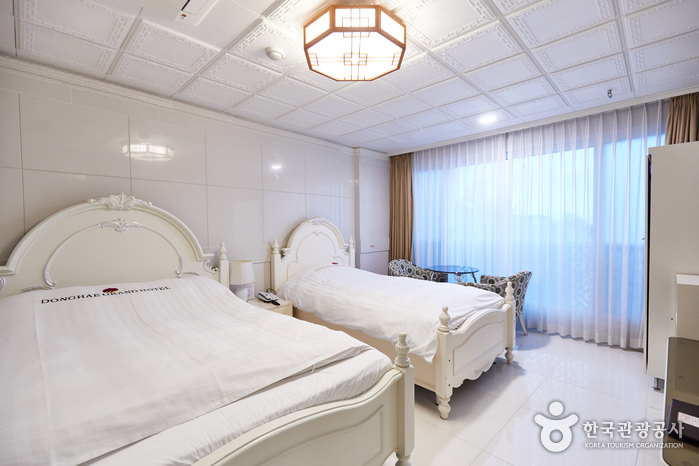
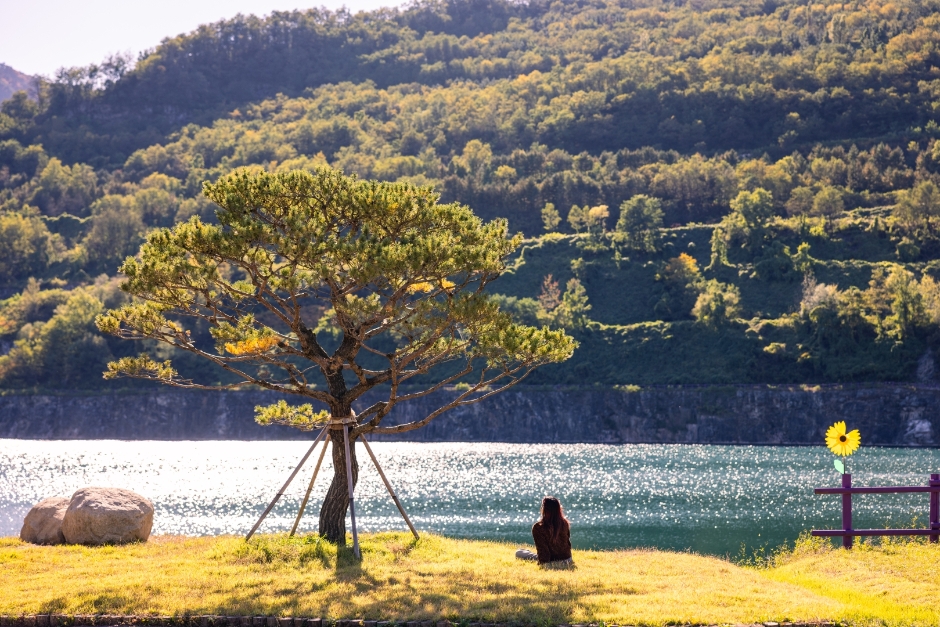
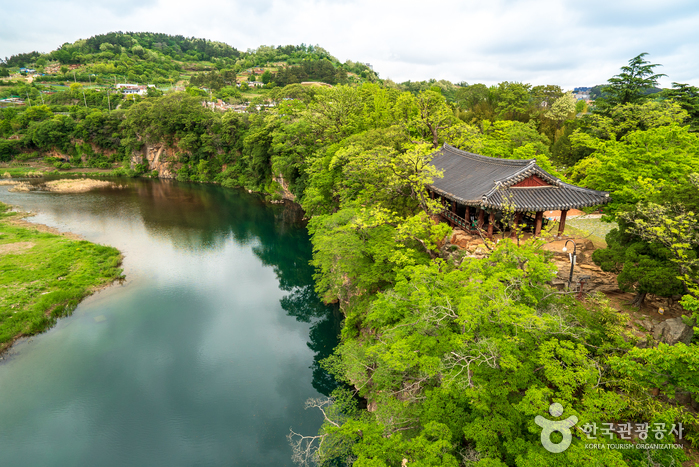
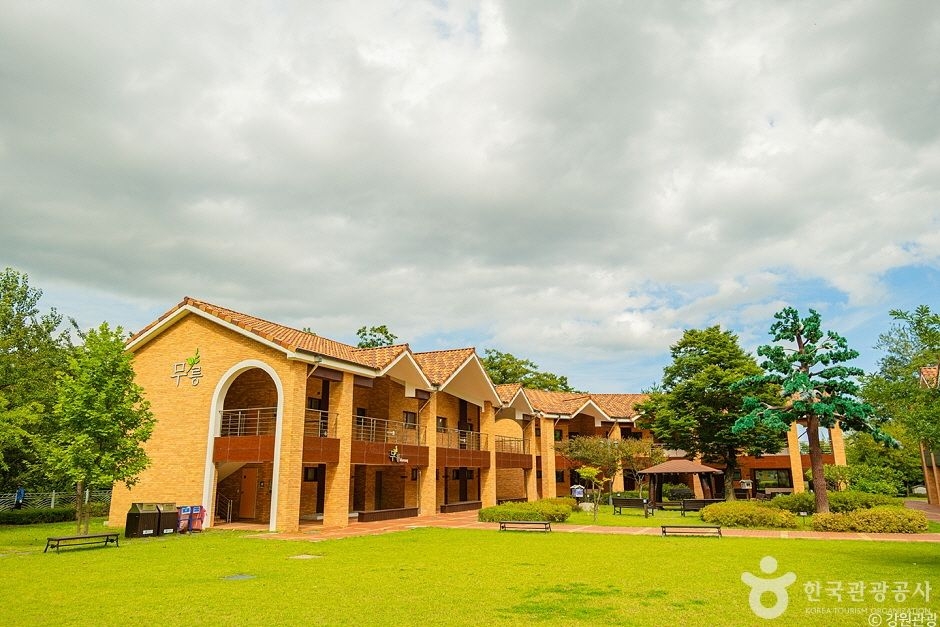
 English
English
 한국어
한국어 日本語
日本語 中文(简体)
中文(简体) Deutsch
Deutsch Français
Français Español
Español Русский
Русский